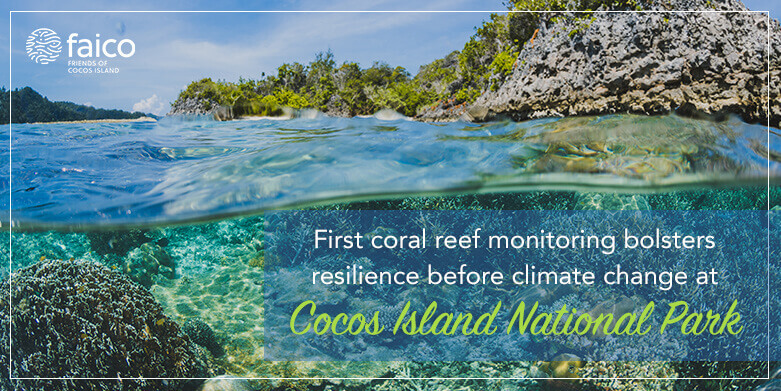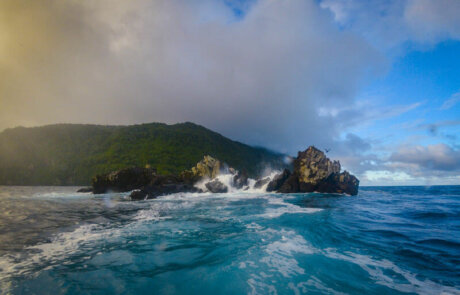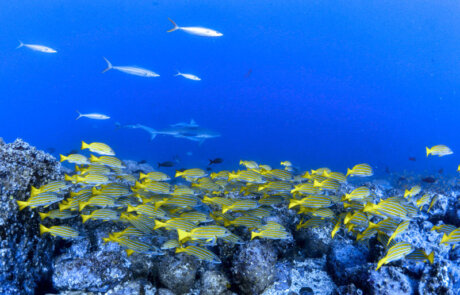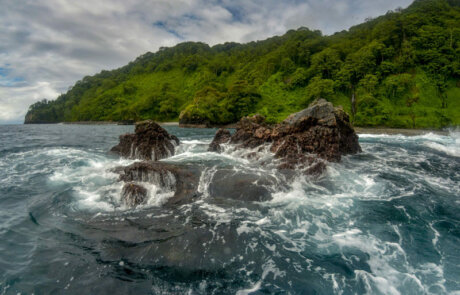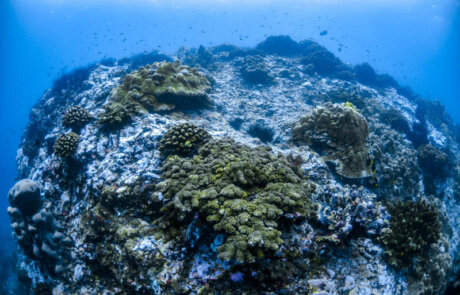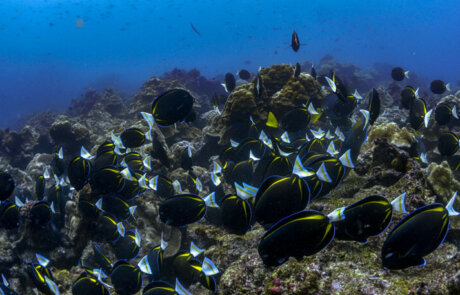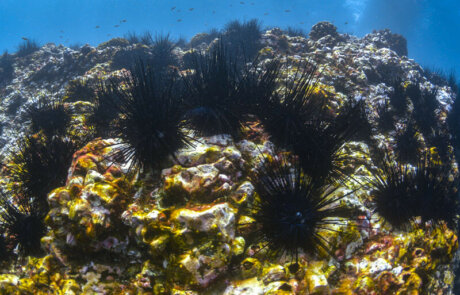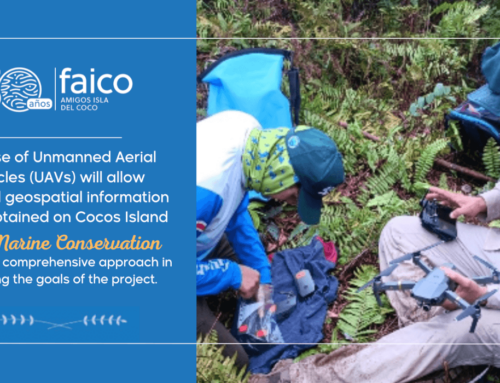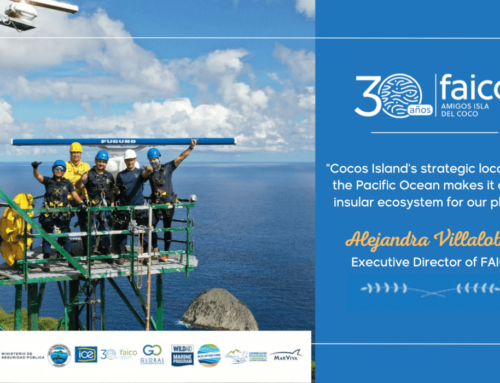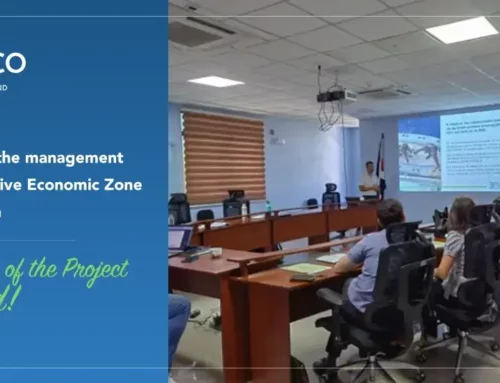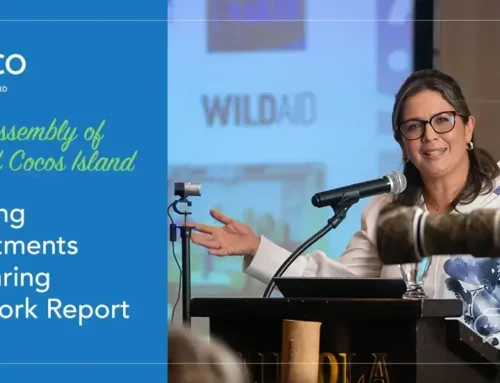First coral reef monitoring bolsters resilience before climate change at Cocos Island National Park
- From 2016 to 2020, ecological monitoring was carried out, where park rangers covered the equivalent of 10 soccer fields by diving.
- In the analyzed areas, a total of 42% larger fish were found than in other unprotected sites.
San Jose, March 2022. Data from coral reefs that the staff of the Cocos Marine Conservation Area (ACMC) has collected since 2016 are of the utmost importance, as these allow monitoring the health of coral reefs, better known as the “jungles of the sea”. With the analysis, in addition to obtaining details on the coral cover, species that live and move through the currents near Cocos Island National Park were studied. The field work was led by park rangers from the ACMC, with the support of other Conservation Areas. In addition to their work to protect Cocos Island National Park, they apply the monitoring protocol for coral formations twice a year in six sites around Cocos Island. During the first five years of this monitoring activity, coverage of the corals located in the northern part of the Island was calculated, more than 100 species of sharks and fish were identified, and more than 55,000 individuals were counted. 25 species of marine invertebrates including snails and starfish, among others, accounted for 3832 macroinvertebrates that were also identified.
Karol Ulate, marine biologist and researcher at the National University (UNA), points out that the coral cover during the five-year period was stable, with approximately 60% coral cover on average in each monitored site. There was only one year in which the coral cover presented bleaching in 17% of the colonies. This could be due to an atypical warming of the Pacific waters due to El Niño in 2016, and the bleaching was reported a few months later, but it can be presumed that, thanks to the good health and resilience of these reefs, in 2018 a recovery was reflected.
Monitoring by park rangers
Park rangers Isaac Chinchilla, Moisés Gómez, Diego Madrigal, Keylor Morales, Guillermo Pérez, and Geiner Golfín with the support of some volunteer divers and academic institutions, oversaw the sampling carried out in the dry and rainy season months since 2016 to the present, and each expedition lasts at least 7 days.
This team of park rangers and divers have collected information at different monitoring sites of Cocos Island National Park regarding the coral cover, fish, invertebrates, surfaces, among other factors, during these years, and have managed to monitor an area of 71 070 m2, which is equivalent to 10 soccer fields.
Geiner Golfín, one of the park rangers in charge of this monitoring, assured “it fills us with much satisfaction to get this data that provides us with greater knowledge about the health of the waters that surround Cocos Island National Park. Now, we have scientific inputs on the dynamics that occur in coral reefs, in addition to the importance of being able to integrate more park rangers into the monitoring team of Cocos Island National Park.”
This first analysis of the data had the support of organizations such as the Costa Rica Forever Association (ACRXS), Friends of Cocos Island Foundation (FAICO), and Universidad Nacional (UNA).
Alejandra Villalobos, Executive Director of FAICO, was very pleased with the support provided by both organizations, since it was an important contribution for this first data analysis, and it allows monitoring the changes experienced by these ecosystems. When these sites are protected, there are healthier factors and the species are larger, which forces us to continue caring for the area to sustainably develop activities such as tourism and fishing in surrounding sites.”
Currently, Universidad Nacional is also carrying out another study on rocky reefs in the areas known as Juan Bautista, Roca Sucia, and El Risco to get details on the areas that, unlike coral reefs, are characterized by the high energy released by the waves and the changes of the tide that affect the distribution of the organisms that live there, but even so, they are highly diverse ecosystems and a refuge for many other organisms, such as fish and sharks.


